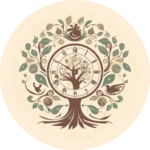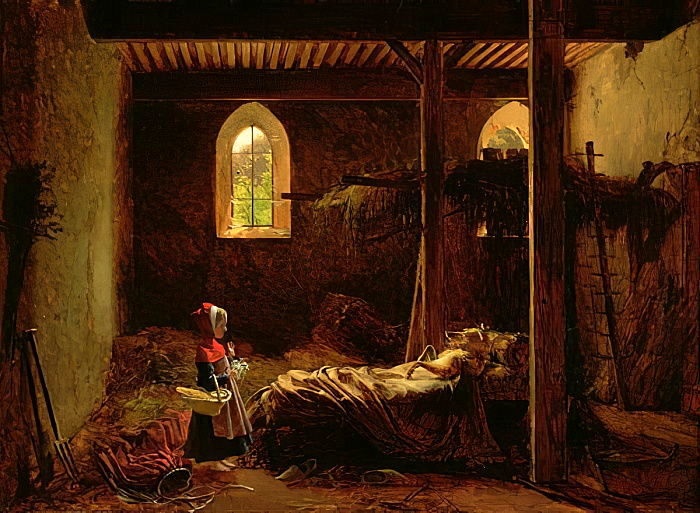Think of a traditional European meal. First, you’d have starters, maybe a soup, then your main dish, usually something with meat, then you might have dessert, or cheese – or even both! And, depending on what you’re eating, you might be advised to pair it with different wines, or ale. Of course, how people eat varies widely across time and …
The Medicine Behind the Nativity Gifts: Frankincense and Myrrh Revisited
One December, when I was around 5 years old, a nun at the Catholic school I went to in Brazil told us about the birth of Jesus. I wasn’t particularly interested in the star who showed the wise men the way, but I was very intrigued by their choice of gifts for a baby. Why would they give him gold, …
What Were Early Modern Beds Like?
Fairy tales don’t have to make sense to be meaningful. They follow their own logic and readers – or, traditionally, listeners – get so enraptured in the story that no one really questions their elements, be they fairy godmothers, magic roses, or talking frogs. Yet there is one story that always left me puzzled when I was growing up: The …
What Made a 17th-Century Midwife Good at Her Job?
Percivall Willughby (1596–1685) despised the midwives of his time. In his 1670s book, Observations in Midwifery, he intended to ‘inform the ignorant common midwives’, whose brutal methods were responsible for so many deaths – according to him.
Little Red Riding Hood and the Invisibility of Older Women
How old was Little Red Riding Hood? In the earliest, 16th-century versions of the tale, she was around the age of puberty. Other details you might not know include the wolf making the girl eat her grandmother’s flesh (including her sexual organs and breasts) and drinking the old woman’s blood from a bowl before the wolf attempts to ravish the girl.
How to Clean Your Body in the Renaissance
One of the silliest historical myths out there is that people in the past were somehow ‘dirty’ and had poor hygiene, especially compared to today’s standards. Of course, I’m generalising; each culture had different practices depending on time and place. But think of people living in the Italian Renaissance: how did they cleanse their bodies? Bodily hygiene was intimately connected …
The ‘Queen of Hysterics’ and 19th-Century Theatrical Hysteria
Everybody was talking about hysteria in late 19th-century Paris. Hysterics appeared in novels and plays; they were painted, photographed, sculpted and drawn. People crowded the Salpêtrière Hospital in Paris to attend demonstrations and lectures on hysterics given by the world-renowned neurologist Jean-Martin Charcot (1825-1893), and to gaze at his star patients. Who could resist admiring the ‘queen of hysterics’, the beautiful Blanche Wittmann (1859-1913), her face relaxed and insensible as she was pierced with needles by doctors, to demonstrate how she couldn’t feel any pain?
Maternal Mortality and “The Mother’s Legacy to Her Unborn Child”
Giving birth in early modern Europe was a dangerous rite of passage, one which most women would go through, and some would not survive. Women were largely defined by their domestic roles as wives and mothers: going through childbirth often changed a woman’s social status, as matrons were usually more respected, in no doubt thanks to their lived experiences giving birth and caring for their families.
A Grip on the History of Forceps in Medicine
On a cold winter evening in 1600, Peter Chamberlen the Younger found himself attending to a labouring woman on the outskirts of London. The mother-to-be had been in labour for over 48 hours, and the situation was dire. Despite his wealth of experience, Peter feared that both the mother and child might be lost.
Eostre and Easter: ‘Rebranding’ a Spring Goddess to Fit Christianity?
Have you ever wondered where the word ‘Easter’ comes from? Let me introduce you to the Germanic goddess of dawn and spring, Eostre, after whom Easter was possibly named. (Historians and folklorists are still debating this, largely due to the paucity of sources about her.) Like many other Anglo-Saxon deities, Eostre was a victim of the expansion of Christianity, as …











